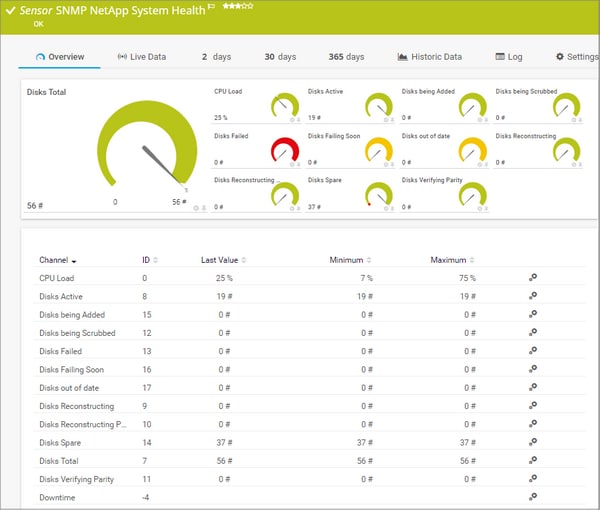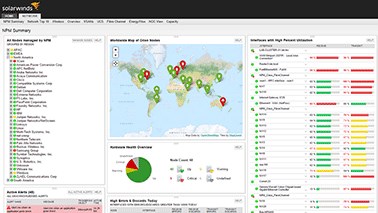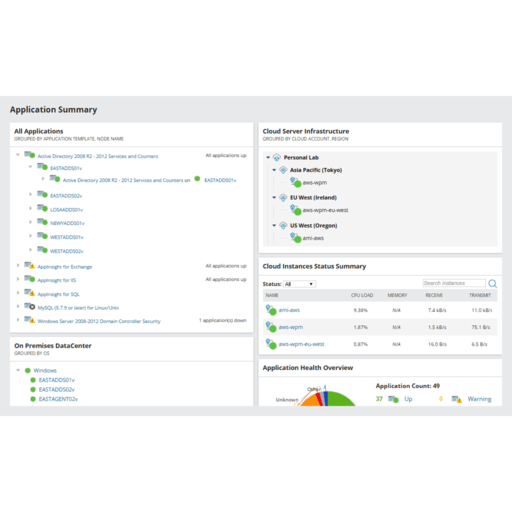


With SolarWinds NPM you start with a top-level network map and drill down through the red dots to discover more about the symptoms. I should not say this, but the greatest fun for a techie is when something is wrong, but you can fix it easily. Once the NPM v11 setup is complete then it’s time to enjoy the monitoring. I loved being able to drag and drop routers onto my network maps, and straight away see the connections to other devices and check their status instantly. Under the bonnet the SolarWinds network monitoring software connects to the device and reports factors such packet loss, latency, discards, CPU, and memory for both SNMP and WMI-enabled devices.įrom the remarkable list of features, my favourite is ConnectNow™ Network Mapping. Moreover, if problems arise out of the blue, then you can configure NPM to notify members of your team what’s changed and how to fix it. Perhaps the best feature of this network monitor is the way it suggests solutions. Because it produces network-centric views, it’s intuitive to navigate and easy to evaluate what’s working and what’s not. NPM is geared to detecting network outages caused by broken links and faulty equipment. Remember, you can always get support from SolarWinds’ experts starting with the Thwack forum. For me, the most fun was configuring intelligent alerting. I am not the fastest installer, but it only took me an hour to get the Network Performance Monitor working. This highly anticipated release is barely out the door, and Solarwinds has already won an award from network analysts.

This shows a summary of network and application performance metrics, this new technology identifies and reduction or change in an application's performance, furthermore, you can quickly see if the change is due to the application or the network. New: NPM v11 provides Deep Packet Inspection & Quality of Experience. NPM v10.5 brought an advanced interface filtering capability to assist in importing new nodes and interfaces after the discovery process.

NPM is designed to find all the devices supplied by leading hardware vendors as well as discover your virtual infrastructure including vCenters, datacenters, clusters, ESX hosts, virtual machines, and Hyper-V machines. The first thing that Network Performance Monitor does is scour your environment for computer equipment that it can measure.


 0 kommentar(er)
0 kommentar(er)
